I've got a FileReader that lets the user upload a file (image) to my site.
Here's the code that does the reading:
$("input[type='file']").change(function(e) {
var buttonClicked = $(this);
for (var i = 0; i < e.originalEvent.srcElement.files.length; i++) {
var file = e.originalEvent.srcElement.files[i];
var img = document.createElement("img");
var reader = new FileReader();
reader.onloadend = function() {
img.src = reader.result;
console.log(reader.result);
}
reader.readAsDataURL(file);
}
});
All is good and well, until I tried to print out my result. I used this file for example:

When I console.log() the result, it spits out over 95000 characters.
This image in particular is around the same size as the images I will be accepting into my site.
I was hoping to store these images in a database as well, and so I'm wondering how this is going to be possible with image sources that are so extremely long. Is there a way to shorten this or get the image path a different way?
I'm moreso curious as to why they're so long, but if someone has a tip to store these (100s per user, 500+ users) that'd be nice as well!
Thanks-